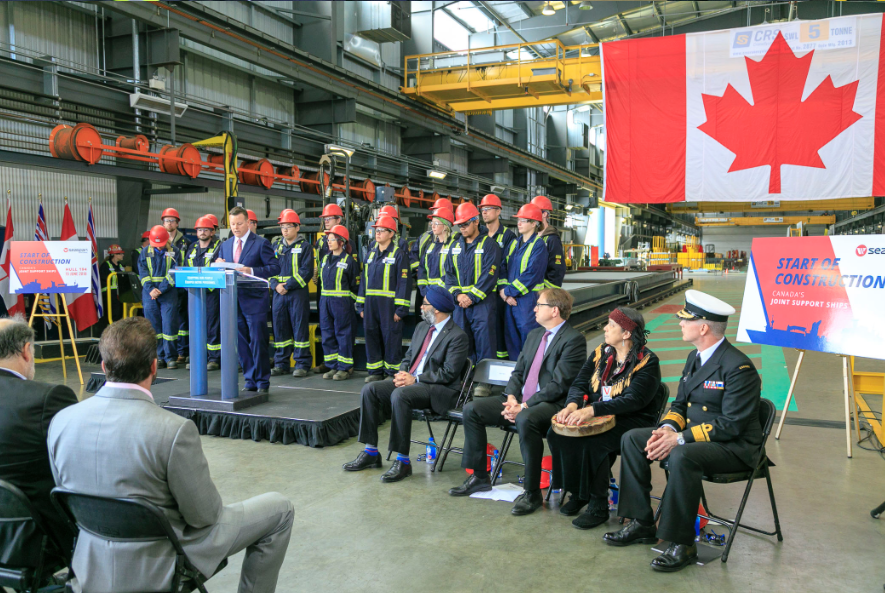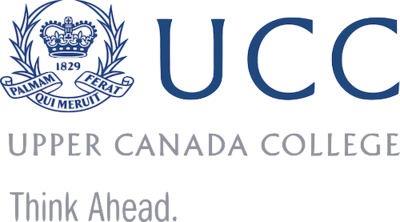The National Council of Veteran Associations (NCVA) and The War Amps of Canada contend that Minister O’Regan’s announcement regarding the long-awaited “lifelong pension” has failed to live up to the Liberal government’s election commitment to address the inequities in the New Veterans Charter, and continues to ignore “the elephant in the room” which has overshadowed this discussion.
Minister O’Regan’s announcement suggested that the “pension for life” would include the following three “pillars”:
1. The present lump sum Disability Award would be replaced by a new Pain and Suffering Compensation Benefit representing a monthly payment in the maximum amount of $1,150 per month for life or, alternatively, be provided in a lump sum payment as is currently the case. For those veterans currently in receipt of a Disability Award, retroactive assessment would potentially apply to produce a reduced monthly payment for life for such veterans.
2. A new Additional Pain and Suffering Benefit would be created to essentially replace the Career Impact Allowance (Permanent Impairment Allowance) under the current Charter, with similar grade levels and monthly payments which would reflect a non-taxable non-economic benefit but limited in its application to those veterans suffering a “…permanent and severe impairment which is creating a barrier to re-establishment in life after service.”
3. A new, consolidated Income Replacement Benefit (IRB), which is taxable, would combine four pre-existing benefits (Earnings Loss Benefit, Extended Earnings Loss Benefit, Supplementary Retirement Benefit, and Retirement Income Security Benefit) with a proviso that the IRB would be increased by one percent every year until the veteran reaches what would have been 20 years of service or age 60, and that any veteran who wishes to join the work force may also earn up to $20,000 from employment before any reduction will be made to their IRB payment. It is not without financial significance that the current Career Impact Allowance and Career Impact Allowance Supplement have been eliminated from the Income Replacement Benefit package.
Brian Forbes, Executive Chairman of The War Amps and Chairman of NCVA, stated that: “Although, as per usual, the devil remains in the details as to the applicability of these new provisions to individual veterans, it is relatively clear that certain seriously disabled veterans and their survivors will benefit from the Minister’s announcement in that they may qualify for enhanced levels of compensation pursuant to the new benefits proposed for the New Veterans Charter. However, the greater majority of disabled veterans will not be materially impacted by the Minister’s announcement in that the new benefits under the proposed legislative amendments will have limited applicability – thus the financial disparity between the Pension Act and the New Veterans Charter will continue for this significant cohort of disabled veterans in Canada.”
“Unfortunately, the Minister’s announcement perpetuates a result where the greater majority of veterans under the New Veterans Charter receive far less lifelong compensation than a veteran pursuant to the Pension Act with the same disability,” stated Forbes.
It was fundamentally essential that the Minister recognize that much more is required to improve the New Veterans Charter so as to address the self-evident ’elephant in the room’ in that his announcement failed to satisfy the priority concerns of the veterans’ community in relation to:
1. Resolving the significant disparity between the financial compensation available under the Pension Act and the New Veterans Charter;
2. Ensuring that no veteran under the New Veterans Charter receives less compensation than a veteran under the Pension Act with the same disability or incapacity, in accordance with the “one veteran – one standard” principle.
“It is totally unacceptable that we continue to have veterans’ legislation in Canada which provides a significantly higher level of compensation to a veteran who was injured prior to 2006 (date of the enactment of the New Veterans Charter) when compared to a veteran who was injured post-2006. If applied to the Afghan conflict, we have veterans in the same war with totally different pension benefit results,” said Mr. Forbes.
The 2017 Federal Budget clearly stressed wellness and rehabilitation principles with the government effectively “kicking the can down the road” in its promise of action on re-establishing a lifelong pension for veterans under the Charter by the end of the year. In this context NCVA/WAC recognizes the value and importance of wellness and rehabilitation policies, however, takes the position that financial security remains a fundamental necessity to the successful implementation of any wellness or rehabilitation program. It is readily apparent that this is not a choice between “wellness” and financial compensation as advanced by Veterans Affairs Canada but a combined requirement to any optimal reestablishment approach to medically released veterans.
During the course of discussions following Budget 2017 leading up to the Minister’s
announcement, there was considerable concern in the veterans’ community that the government would simply establish an option wherein the lump sum payment (Disability Award) would be apportioned or reworked over the life of the veteran for the purposes of creating a “lifetime pension” as ostensibly required under the Mandate Letter. NCVA and other veteran stakeholders strongly criticized this proposition as being totally inadequate and not providing the lifetime financial security which was envisaged by the veterans’ community.
Forbes stated that “…it is fair to say that the reasonable expectation of veteran stakeholders was that some form of substantive benefit stream needed to be established which would address the financial disparity between the benefits received under the Pension Act and the NVC for all individually disabled veterans.”
“It has been our recommendation to the Minister and the department that Veterans Affairs Canada should pivot completely from this lump sum payment evaluation for delivering the so-called lifetime pension option and instead look to the major conclusions of the NCVA Legislative Program and the Ministerial Policy Advisory Group report – both of these reports proposed that the combination of the best provisions of the Pension Act and the best provisions of the NVC would produce this form of lifetime pension in a much more realistic manner in order to ensure the financial security for those veterans who need this form of monetary support through their lifetime.”
It is of significant relevance that the key recommendations of the Ministerial Policy Advisory Group (as endorsed by NCVA) would effectively produce a form of lifetime financial security – this report was submitted to Minister Hehr in the fall of 2016 and formally presented to the Veterans Summit in Ottawa in October 2016.
The Policy Advisory Group report concluded that “…the enhancement of the Earnings Loss Benefit/Career Impact Allowance as a single stream of income for life, the addition of Exceptional Incapacity Allowance, Attendance Allowance, and a new monthly family benefit for life will ensure all veterans receive the care and support they deserve when they need it and through their lifetime.”
“It is noteworthy that the Policy Advisory Group report emphasized that an enhanced Career Impact Allowance would be a key ingredient to New Veterans Charter reform in that a newly structured Career Impact Allowance should reflect the following standard of compensation: ‘…what would the veteran have earned in his or her military career had the veteran not been injured?’ This form of progressive income model, which would be unique to the New Veterans Charter, would have bolstered the potential lifetime compensation of a disabled veteran as to his or her projected lost career earnings as opposed to the nominal 1% increase proposed by the Minister,” Forbes stated.
He added that “this overall proposal would effectively bridge the best parts of the Pension Act and the NVC and represents a good first step to addressing the self-evident disparity between the NVC and the PA insofar as compensation is concerned and provides a form of ‘lifelong pension’ for those veterans who qualified for the benefit proposed in the model.”
Upon the election of the Liberal government in 2015, it was the fundamental expectation of the veterans’ community that this inequity would be rectified based on specific promises made by Prime Minister Justin Trudeau during the election campaign to re-establish a “lifelong pension” and in accordance with the formal commitment contained in the Mandate Letter from the Prime Minister to the former Minister of Veterans Affairs Kent Hehr in the Fall of 2015.
Following the Minister’s announcement, Forbes stated “veterans have lost faith that the government will fulfill its commitment and eliminate the two distinct classes of benefits available to disabled Canadian Armed Forces members.”
“There is no reason that the federal government could not have implemented the recommendations made by veteran stakeholders and Ministerial advisory groups who have been advocating specific proposals for a number of years to address self-evident gaps and inequities in the New Veterans Charter,” Mr. Forbes added.
“If the ‘one veteran – one standard’ philosophy advocated by Veterans Affairs Canada has any meaning, this glaring disparity between the Pension Act and New Veterans Charter benefits for the greater majority of disabled veterans required that the Minister seize the moment and satisfy the financial needs of Canadian veterans and their dependants,” Mr. Forbes said. “The Minister has missed an opportunity to recognize that the longstanding social covenant between the Canadian people and the veterans’ community demands nothing less.”



























